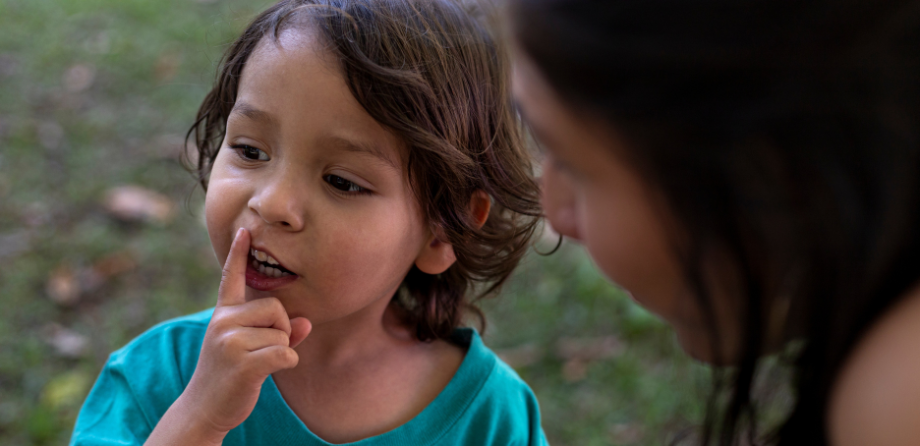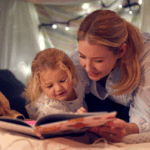
Early years activity: Sound spotters
Make a sensory adventure by exploring the outdoors with eyes closed and ears wide open! This playful walk helps builds attention, extends vocabulary and motivates children to communicate.
Sound spotters learning aims
- Enhance listening and attention
- Communication skills
- Sensory development
- Vocabulary development/extension.
Resources you will need for this activity
- Camera
- Device to record audio.
Sound spotters activity outline
- Explain to the children you are going on a walk and everyone is going to use their ears to listen to the sounds around them. You could practise a little before you set off so that children understand the objective. Ask children to close their eyes and listen. Ask them to share what they can hear. You could model some descriptive language, for example, “I can hear a rumble from the car outside.”
- Pause at intervals along the walk, ask children to close their eyes and encourage them to listen, using their ears. Describe what they hear, e.g. “I can hear a swishing sound from the wind”, “I can hear a whistling sound that could be a bird.” During one or all of these pauses, consider taking an audio recording of the sounds
- Where possible, take photos of the things children hear along the way, such as the rustling trees
- Back at the setting, display the photos alongside the audio recording so that children can listen and identify the possible source of the sound from the photos
- Encourage children to continue exploring with their ears and include other senses such as smell, sight and touch, developing their vocabulary by talking about their experiences.
How to extend this activity
Create ‘listening stations’ in your outdoor environment. Choose areas where children can hear different sounds, e.g. next to a drainpipe, near some rustling bushes, by the road, etc. and display an image of a listening ear. Encourage children to stand quietly at the listening stations and tune into what they can hear. Talk about sounds they hear frequently and new sounds that they have heard.
NDNA products to support you with this activity
Outdoor play – Publication
Disclaimer: Activities with children must always be risk assessed, including for allergies or choking. Children must always have adequate supervision. Resources and materials must always be appropriate for children’s age and stage of development.
- Activity
- MyNDNA
Similar Articles
Top tips: New year new energy - supporting your team

Early years activity: Cosy calm den


